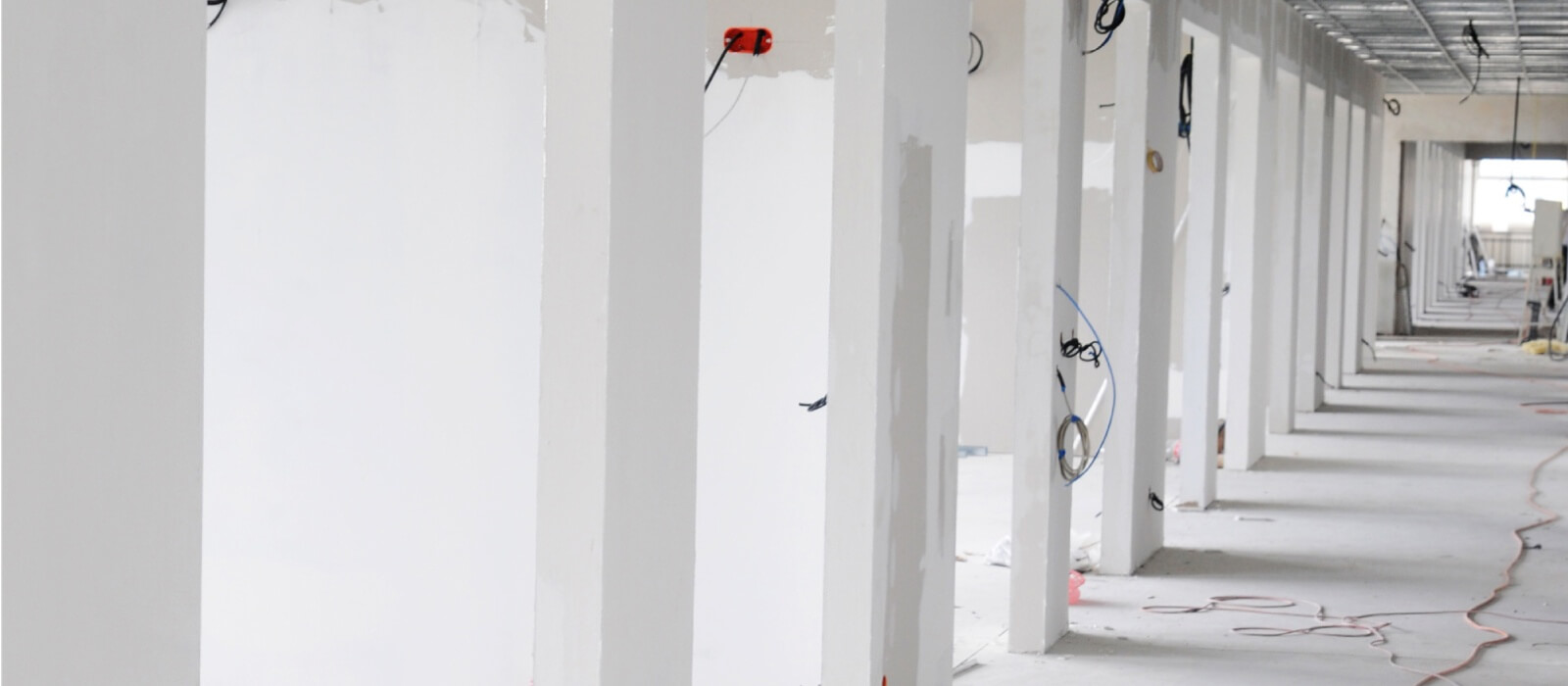How to Protect Your Hospital From Legionella Growth

Between 2011 and 2014, 29 patients at the Veterans Administration hospital in Pittsburgh, PA were diagnosed with Legionnaires’ disease, with confirmation of at least five of the cases acquired at the hospital. The Veterans Affairs Office of Inspector General later tied the deadly outbreak to deficiencies in the water system. Records show that not only did the hospital water not contain enough disinfectant to prevent Legionella bacteria from spreading, but the system was also not maintained properly, despite evidence that the hospital was well aware of the problem.
As if the deadly consequences of Legionella growth weren’t motivation enough, Centers for Medicare & Medicaid Services (CMS) announced in June 2017 that Medicare-certified healthcare facilities are expected to have water management policies and procedures to reduce the risk of Legionella and other opportunistic pathogens in building water systems. This means that The Joint Commission will also scrutinize waterborne pathogens and water management programs during accreditation surveys to ensure they follow CMS requirements. Facilities that cannot demonstrate measures to minimize the risk of Legionnaires’ disease are at risk of citation for non-compliance.
Luckily, with the right Legionella prevention techniques, the spread of this harmful bacteria is wholly preventable and the risks can be easily managed.
How Does Legionella Bacteria Occur and Why Is It Dangerous?
Legionella bacteria is ubiquitous, and growth is common in utility and potable water systems — like cooling towers, condenser water systems, tanks, showers, faucets and air conditioning units. It grows in stagnant water that is between 68° and 124°F. This can become a problem in healthcare facilities when water systems experience underuse; for example, a shower in the ICU may not receive enough use to ward off Legionella growth.
If the growth of Legionella bacteria goes undetected, hospital patients could become susceptible to breathing in airborne mist from water droplets containing the bacteria, which can lead to the development of Legionnaires’ disease. This form of pneumonia is generally deadly in about 10 to 20 percent of cases when it is acquired out in the community. However, this number jumps to 40 percent for hospital patients who may already be immunocompromised.
What Can Facility Managers Do to Comply With Legionella Regulations?
ASHRAE 188, a national consensus standard for Legionella risk assessment and risk mitigation was finalized in 2015 (enforceable by CMS and The Joint Commission in 2017) and establishes best practice recommendations that building owners and facility managers must adhere to in order to remain compliant. Here are the four key steps healthcare facility managers need to take in order to protect vulnerable patients and remain compliant with ASHRAE 188:
- Conduct a building-wide survey and risk assessment.
You won’t know how to fully protect the inhabitants of your hospital from the potential growth and spread of Legionella bacteria unless you are knowledgeable about your water systems and of the areas in which growth could occur. A building-wide survey can help identify these areas so you’ll know sources that result in amplification of Legionella and the processes your water management team will need to put into place. You’ll need to look for https://eheinc.com/blog/dead-legs-can-lead-to-live-legionella-a-cost-prevention-feature-can-create-difficulties-in-hospitals-and-other-building-types/”>dead legs in your plumbing — which are areas where water easily collects, but becomes stagnant with low usage — as well as water features and cooling towers. You will want to include your water treatment vendors in the process since pH, residual disinfectant levels, and temperature are critical factors to understanding the risk assessment.
- Build a knowledgeable water management team.
Once you’ve conducted your building-wide survey, it’s time to bring together the members of your water management team. While the specific members may vary depending on your unique facility, some common members may include: the director of engineering, the director of infection control, the medical director of epidemiology, a senior-level support services director, a member from public affairs, representatives from clinical labs and nursing and the facility manager. Within your water management team, you’ll need to specifically assign clear rules and responsibilities. Every member will need to work together to ensure the risk of Legionella growth is fully mitigated, so clear roles and responsibilities and communication is a must.
- Develop an action plan to address the risks identified during the building wide survey.
After you conduct a building-wide survey and risk assessment, there are bound to be various risks from dead legs, to tweaks needed to your preventative maintenance program. Once you identify those risks, you must put an action plan in place to mitigate the risks, then measure the effectiveness of the change.
- Establish a consistent maintenance program.
Your maintenance program is made up of the regular tasks required to keep Legionella from growing. You’ll need to determine a cleaning and maintenance schedule for your cooling towers and pH and residual disinfectant levels, as well as establish a temperature monitoring protocol. Then, you can determine if you will conduct monitoring for Legionella bacteria.
With all of these processes, it’s essential to have complete buy-in from each of the staff members involved — from the directors on your water management team, all the way down to the cleaning crew responsible for the flushing program. Make sure you’re clear with everyone about why following Legionella management procedures is important to the health and safety of hospital patients.
Subscribe
to our blog
"*" indicates required fields




